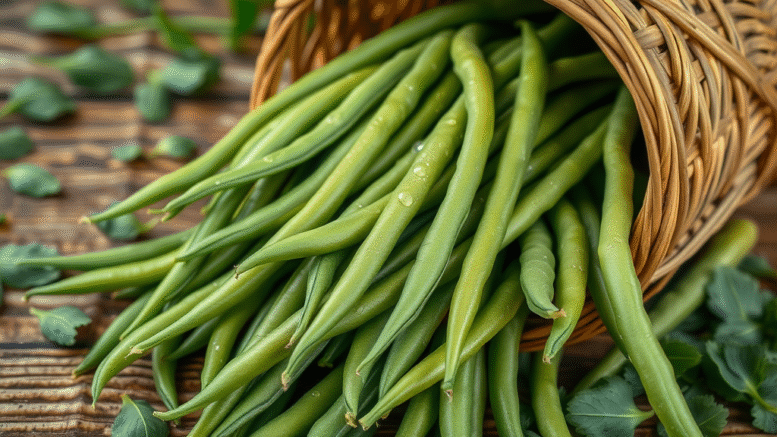Did you know that adding a single serving of string beans to your diet could boost your daily vitamin K intake by over 25%? While string beans—also known as green beans or snap beans—may seem like a simple side dish, these vibrant vegetables are nutritional powerhouses that can transform your overall well-being. In this comprehensive guide, you’ll uncover eye-opening facts about the health benefit of string beans, their role in disease prevention, and practical tips for making them a staple in any meal. Let’s explore how this humble veggie delivers an array of advantages you simply can’t afford to miss.
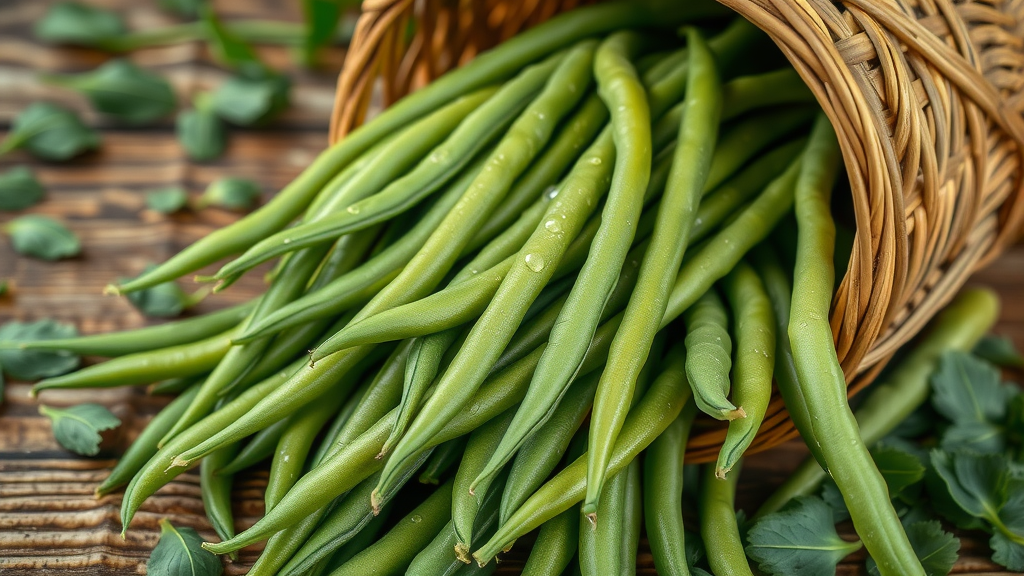
Startling Facts About the Health Benefit of String Beans
Did you know that adding a single serving of string beans to your diet could boost your daily vitamin K intake by over 25%?
String beans, also widely referred to as green beans or snap beans, pack a surprising nutritional punch that many people overlook. Not only are they low in calories, but they are also an excellent source of vital nutrients such as vitamins A, C, and K, as well as manganese, magnesium, and dietary fiber. What sets the health benefit of string beans apart is their versatility—they can be enjoyed raw, steamed, sautéed, or even roasted, making them suitable for virtually any cuisine and diet plan.
Beyond their vitamin content, string beans are known for their profound positive effect on heart health, bone health, and weight loss efforts. With their rich antioxidant profile, particularly their content of vitamin C and flavonoids, string beans help neutralize harmful free radicals in the body, supporting immune function and reducing disease risk. These health benefits make them more than just a tasty addition to your plate—they’re an essential component of a balanced, health-promoting diet.
What You’ll Learn About the Health Benefit of String Beans
- The major health benefit of string beans and their essential nutrients
- How string beans support heart health, bone health, and weight loss
- Cooking tips for maximizing the health benefit of string beans
- Expert insight on including green beans in your diet
Nutritional Profile: The Good Source of Vitamins and Minerals in String Beans
When it comes to nutrition, string beans stand out as a good source of many important vitamins and minerals, making them a superior choice among green vegetables. A single cup of raw green beans (about 125 grams) contains approximately 31 calories, yet it delivers a wealth of benefits, including vitamin K for bone strength, vitamin C for immune defense, and folic acid for cellular growth and repair. The fiber in green beans promotes digestive health and helps stabilize blood sugar levels, further reinforcing their value in any diet.
String beans are also an excellent source of potassium and magnesium—essential minerals that support healthy blood pressure, muscle function, and nerve transmission. Unlike canned green beans, which may be high in sodium, fresh green beans or even frozen green beans retain their nutrient density and health benefits with minimal processing. This rich array of vitamins and minerals makes string beans a nutritional all-star for individuals seeking vibrant health and disease prevention.
Key Vitamins and Minerals Found in String Beans
String beans provide a powerful combination of nutrients, setting them apart from other commonly consumed vegetables. Here’s a closer look at the key micronutrients they deliver:
| Nutrition Facts for 1 Cup (125g) Raw String Beans | ||
| Nutrient | Amount | % Daily Value |
|---|---|---|
| Calories | 31 kcal | 1.5% |
| Dietary Fiber | 2.7 g | 11% |
| Vitamin A | 15% DV | 15% |
| Vitamin C | 12 mg | 13% |
| Vitamin K | 17 mcg | 25% |
| Folate (Folic Acid) | 37 mcg | 9% |
| Magnesium | 24 mg | 6% |
| Potassium | 211 mg | 6% |
| Protein | 2.0 g | 4% |
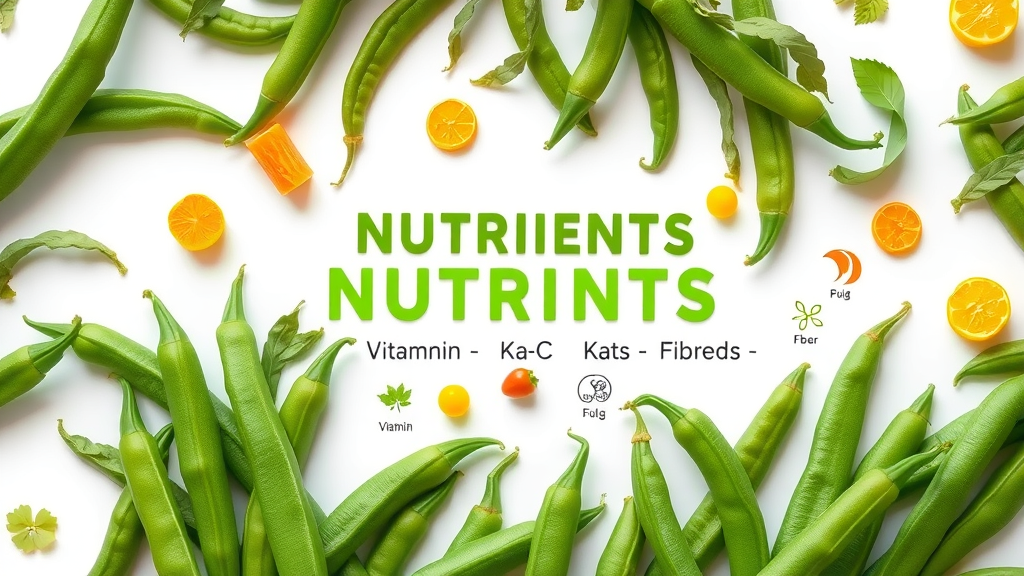
For those especially interested in how string beans can help with blood sugar management, you may also want to explore additional strategies and supplements that support healthy glucose levels. Our guide on natural blood sugar supplements offers further insight into maintaining balanced blood sugar as part of a holistic wellness routine.
The Top 7 Health Benefits of Green Beans
Understanding the health benefits of string beans means looking beyond the numbers. Their unique nutrient composition provides a multi-layered support system for the human body. Below, we break down the proven ways that string beans, or green beans, enhance physical well-being and combat common health issues.
Each benefit is backed by science and reflects how incorporating string beans into your meals can have positive ripple effects on heart health, bone health, weight loss, and much more. Let’s dive into how these green powerhouses deliver these extensive health benefits.
1. Health Benefit of String Beans: Support for Heart Health
One of the standout health benefits of green beans is their support for cardiovascular well-being. The presence of soluble and insoluble dietary fiber in string beans helps lower LDL (bad) cholesterol levels, while their zero-cholesterol and low-saturated-fat content means you can eat them regularly without increasing your risk for heart disease. Furthermore, string beans contain potassium and magnesium—minerals known to help maintain healthy blood pressure and reduce the risk of stroke.
The antioxidant compounds in green beans, including flavonoids and vitamin C, further protect vessel walls from the damaging effects of free radicals, which are associated with chronic inflammation and heart complications. These synergistic factors mean that a diet featuring string beans can be a vital part of a heart-friendly eating plan. Experts from reputable sources like the Cleveland Clinic support the role of green beans in cardiovascular health because of these qualities.
2. Health Benefit of String Beans: Promoting Bone Health
The bone health advantages offered by string beans shouldn’t be underestimated. With a single serving delivering more than 25% of your recommended vitamin K needs, these vegetables are crucial for activating osteocalcin—a protein involved in bone mineralization. Vitamin K works alongside calcium and magnesium (also found in string beans) to fortify bones and reduce the risk of fractures.
Additionally, string beans are a notable source of folic acid and vitamin A, nutrients involved in new cell formation and bone growth. For older adults or those concerned with osteoporosis, adding green beans to meals is a simple and powerful strategy for strengthening skeletal health—without the need for high-calorie or animal-based foods.
3. Health Benefit of String Beans: Blood Sugar Regulation
The fiber in green beans—especially their impressive soluble fiber content—helps slow glucose absorption in the digestive tract, thereby stabilizing blood sugar and insulin levels. This makes string beans an ideal side dish or main ingredient for individuals with diabetes or anyone seeking to avoid blood sugar spikes. The low glycemic index of string beans means they digest gradually, offering a steady source of energy instead of rapid sugar surges.
Moreover, string beans’ magnesium and antioxidants are linked to lowering the risk of type 2 diabetes. By pairing string beans with other foods high in fiber, such as whole grains or legumes, you enhance their natural ability to support blood sugar control and reduce overall chronic disease risk.
4. Health Benefit of String Beans: Immune System Support
The immune system thrives on antioxidants and micronutrients, both found in abundance in string beans. Vitamins A and C in green beans help ward off infections, speed wound healing, and support the body’s defense against oxidative stress. The combination of essential minerals and plant phytonutrients in string beans can boost immune function, allowing you to better resist illnesses and environmental stressors.
Including string beans in your diet is a proactive step toward disease prevention. Their nutrients not only fight off current pathogens but also help the body repair itself more effectively in the face of future challenges. For families with young children, seniors, or anyone hoping to strengthen their immune system, green beans are an unbeatable addition to the weekly meal roster.
5. Health Benefit of String Beans: Weight Loss Assistance
With just 31 calories per serving and a robust amount of dietary fiber, string beans are among the most weight-loss-friendly vegetables. The fiber in green beans helps you feel full for longer, controls hunger, and stabilizes energy throughout the day—reducing the urge for less healthy snacks. Unlike starchy side dishes, string beans contribute few calories while adding valuable texture and bulk to meals.
Experts recommend adding green beans to stir-fries, salads, or as a filling side with lean proteins to enhance meal satisfaction. Whether you’re trying to lose weight or maintain a healthy figure, the satisfying crunch and low-calorie nature of string beans make them a versatile ally in achieving your wellness goals.
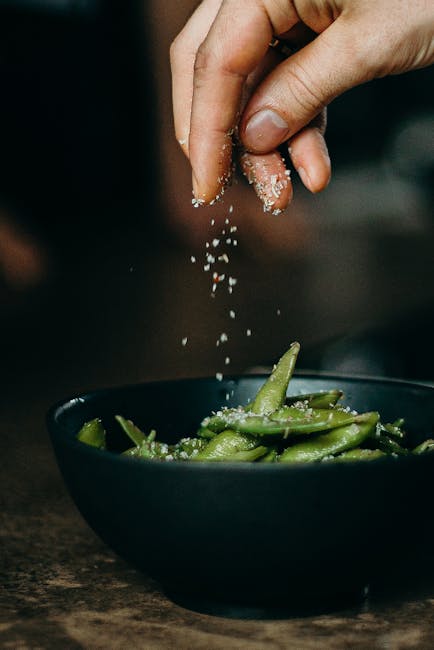
6. Health Benefit of String Beans: Digestive Health and Dietary Fiber
Another widely recognized health benefit of string beans is their positive impact on digestive health. The insoluble and soluble fiber in green beans promotes healthy bowel function, supports regular elimination, and feeds beneficial gut bacteria. This not only helps prevent constipation, but may also reduce the risk of colon disorders and even some cancers.
The fiber content found in green beans has a prebiotic effect, helping the friendly bacteria in your gut thrive. Consuming string beans regularly also assists in managing cholesterol and maintaining a balanced microbiome, which is increasingly linked to mood, immune function, and overall longevity.
7. Health Benefit of String Beans: Vision and Skin Protection
String beans are a rich source of antioxidants including lutein, zeaxanthin, and beta-carotene, all of which are vital for healthy vision and skin. These nutrients help filter harmful blue light, protect the eyes from everyday wear and tear, and may reduce the risk of age-related macular degeneration. The vitamin A found in string beans also promotes a strong skin barrier, helping your complexion remain hydrated and resilient.
Because string beans fight free radicals with a cocktail of phytonutrients, they contribute to a more youthful appearance and prevent standard signs of aging. Adding a colorful portion of green beans to your plate delivers not just flavor, but lasting protection for eyes and skin alike.
Comparing String Beans with Other Green Vegetables
You might be wondering how the health benefit of string beans stacks up against other popular greens such as broccoli. While both are celebrated for their nutritional prowess, they offer slightly different strengths. Broccoli is famous for its high vitamin C and calcium content, but string beans excel as a good source of vitamin K and dietary fiber.
Broccoli and string beans share many benefits of green vegetables, but individuals with specific health goals—like improving bone health or supporting digestion—may find string beans more aligned with their needs. To help you better understand their differences, see the nutrition comparison table below.
Is the Health Benefit of String Beans Greater Than Broccoli?
While both string beans and broccoli provide valuable nutrients, string beans hold an edge when it comes to vitamin K, lower calorie content, and gentle digestive support. Broccoli, on the other hand, offers more vitamin C and slightly higher protein. Ultimately, adding both to your diet ensures you benefit from the full spectrum of health-promoting nutrients.
Rotating between string beans and broccoli, as well as other green vegetables, is a smart way to promote variety and complete nutrition in every meal. See the table below for an at-a-glance comparison to help you plan your meals.
| String Beans vs. Broccoli: Nutrition Comparison (per 1 cup, cooked) | ||
| Nutrient | String Beans | Broccoli |
|---|---|---|
| Calories | 44 kcal | 55 kcal |
| Dietary Fiber | 4.0 g | 5.1 g |
| Vitamin C | 11 mg | 81 mg |
| Vitamin K | 21 mcg | 92 mcg |
| Potassium | 183 mg | 457 mg |
| Protein | 2.4 g | 3.7 g |
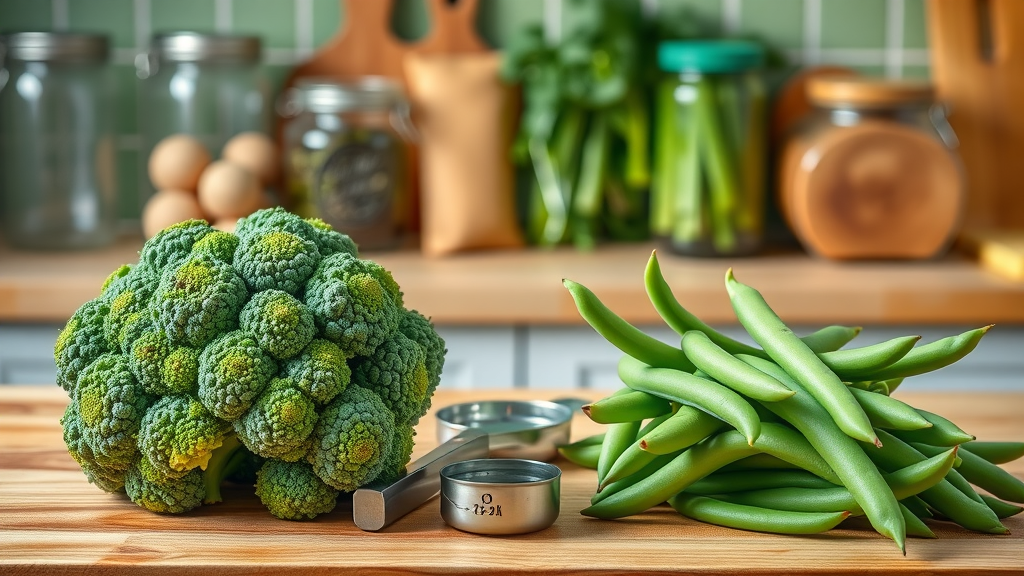
Best Ways to Eat String Beans for Maximum Health Benefit
- Raw vs. cooked string beans
- Steaming and sautéing for nutrient retention
- Pairing string beans with other superfoods
The method by which you prepare string beans can have a major impact on the health benefits you receive. While raw string beans retain the most vitamin C and crunch, their cooked counterparts can be more digestible and palatable. Gently steaming or sautéing green beans with a touch of olive oil, lemon juice, and garlic helps lock in nutrients while adding delicious flavor, making them one of the most enjoyable green vegetables and a great side dish for any meal.
Nutrition experts recommend avoiding overcooking, which can deplete certain vitamins and minerals. Combining string beans with superfoods like tomatoes, almonds, or herbs can further enhance their nutritional value. Experiment with different recipes, such as stir-fries, salads, or even roasted green beans, to find a preparation that fits your tastes and supports your health goals.
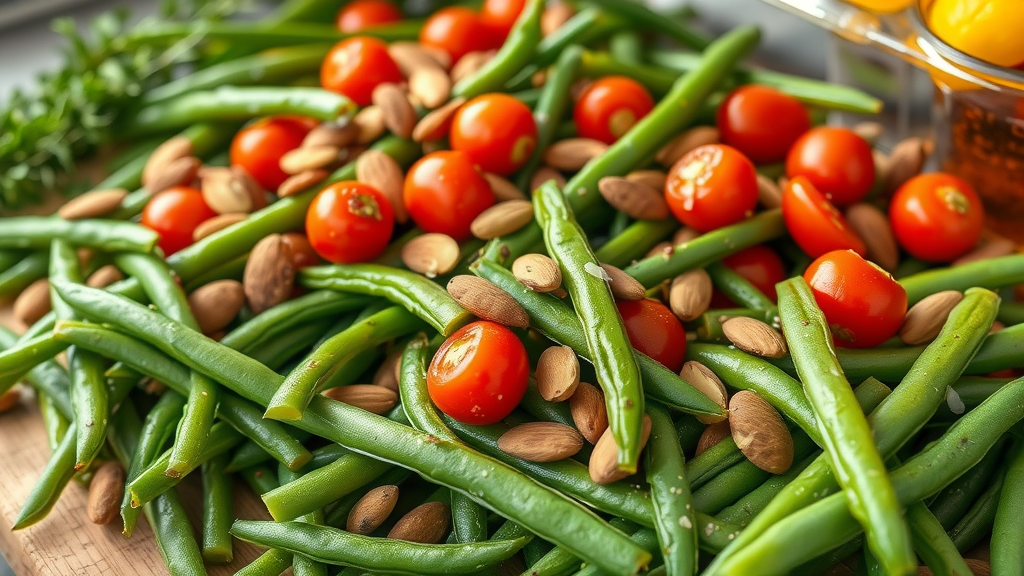
How to Include String Beans in Your Daily Diet
- Healthy recipe ideas featuring string beans
- Simple meal integration tips
- Expert advice for picky eaters
Adding string beans to your diet doesn’t have to be complicated. Try tossing steamed green beans with a dash of olive oil, salt, and pepper for a quick side, or include them in salads, stir-fries, and soups. Sautéed green beans pair beautifully with garlic and cherry tomatoes, while roasted green beans with almond slivers can turn any meal into a nutritional powerhouse. For busy families, frozen green beans are a convenient option that maintains much of the nutritional profile of fresh green beans.
Sneak string beans into kids’ meals by chopping them finely and mixing with pasta or grain bowls. For picky eaters, adding a sprinkle of “vegan” cheese or a favorite sauce can help mask the flavor until it becomes an accepted part of the meal. With so many ways to prepare string beans, it’s easy to find a method that works for you and your family.
Expert Insights: Quotes on the Health Benefit of String Beans
“String beans offer a powerful combination of nutrients that support heart, bone, and immune health — all in one low-calorie package.” — Dietitian
Nutritionists emphasize the multi-layered benefits of string beans, highlighting their unique mix of vitamins, minerals, and antioxidants. These insights reinforce why making green beans part of your regular eating routine is wise for anyone interested in achieving better overall health and longevity.
Whether you enjoy them fresh, frozen, steamed, or sautéed, the consistent message from experts is simple: a diet rich in string beans is a step toward vibrant health and effective disease prevention.
People Also Ask: Health Benefit of String Beans
What do string beans do for the body?
String beans provide a wealth of essential nutrients, including fiber, vitamins A, C, and K, folate, and important minerals such as magnesium and potassium. This nutrient profile helps support heart health, bone strength, stable blood sugar, and a robust immune system. Their antioxidants fight inflammation and may help protect against chronic diseases while promoting digestive health and overall wellness.
Which is healthier, green beans or broccoli?
Both green beans and broccoli offer significant health benefits, and each brings unique strengths to your plate. Broccoli is slightly higher in vitamin C and has more protein, while string beans (green beans) provide more fiber per calorie and are a better source of vitamin K. Ideally, enjoy both vegetables regularly to maximize the broad array of nutrients they deliver.
Is it better to eat string beans raw or cooked?
Eating string beans raw preserves some heat-sensitive vitamins such as vitamin C and provides the most crunch, but cooking—especially light steaming or sautéing—makes them easier to digest and enhances the bioavailability of some antioxidants. Balance both raw and lightly cooked forms in your diet for optimal nutrition and taste.
What organ are green beans good for?
Green beans are particularly supportive of the heart, thanks to their fiber, potassium, and antioxidant content. They also offer bone-building benefits, important for bone tissue, and their nutrients work to strengthen immune function and protect the skin and eyes. Including them regularly promotes whole-body wellness.
FAQs About the Health Benefit of String Beans
- Are string beans considered a superfood?
Yes, string beans are often considered a superfood due to their dense nutrient profile, low calorie content, and a broad spectrum of vitamins, minerals, and antioxidants. - Can eating string beans improve skin health?
Absolutely! The vitamin A and antioxidants like lutein and zeaxanthin in string beans contribute to healthier skin and may reduce the signs of aging. - How do string beans compare to other beans nutritionally?
While string beans are lower in calories and protein than beans like black or kidney beans, they are higher in vitamin K and offer a distinct array of antioxidants and dietary fiber, making them unique among the legume family.
Key Takeaways: The Essential Health Benefit of String Beans
- String beans deliver multi-faceted health benefits
- They are rich in essential nutrients, yet low in calories
- Easily incorporated into many diets and cuisines
Conclusion: Why the Health Benefit of String Beans Should Not Be Overlooked
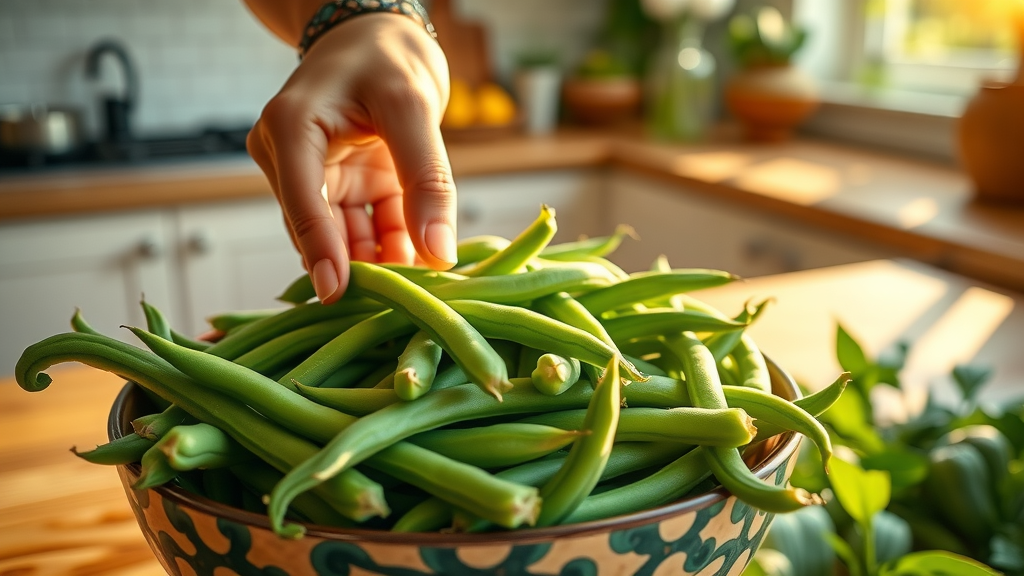
From supporting heart, bone, and immune health to aiding digestion and weight loss, the versatile string bean is a nutritional gem that belongs in every kitchen.
Next Steps: Start Reaping the Health Benefit of String Beans Today
Don’t wait—begin including string beans in your weekly meal plan. Try them steamed, sautéed, or in salads to quickly upgrade your nutrition routine and experience these powerful health benefits firsthand.
If you’re inspired to further expand your healthy eating habits, consider exploring the unique advantages of other nutrient-rich foods. For example, pineapple juice is not only refreshing but also offers its own set of wellness benefits, from supporting digestion to providing antioxidants. Discover how incorporating the benefits of pineapple juice can complement your diet and elevate your overall approach to nutrition. Embracing a variety of wholesome foods is a powerful way to unlock new levels of vitality and well-being.
